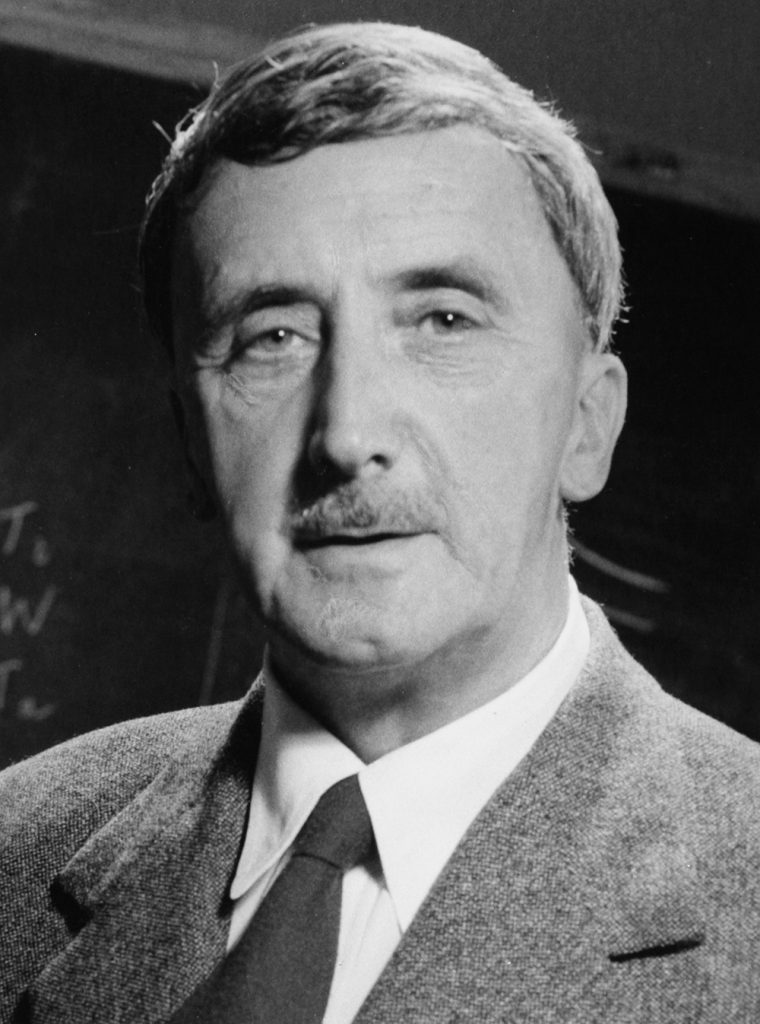May 2 will mark the birthday of Frank Philip Bowden who, along with David Tabor, laid the groundwork for much of our modern understanding of friction and lubrication.

“Putting two solids together is rather like turning Switzerland upside down and standing it on Austria—their area of intimate contact will be small.” – Frank Bowden
Bowden was born in Hobart, Tasmania in 1903. After earning BS, MS and D.Sc degrees at the University of Tasmania, and a PhD from the University of Cambridge, Bowden went on to work and lecture in the fields of physical chemistry until his death in 1968.
Bowden and Tabor made many significant contributions to the field of tribology, including the seminal book, The Friction and Lubrication of Solids.
One of their key understandings is that the area of material that makes contact between two surfaces to support the load is a very small proportion of the area that appears to be touching. For purely plastic deformation, the “real area of contact” between two surfaces is simply related to the force pushing the two surfaces together divided by the hardness of the materials. If one steel surface rests on another steel surface, for example, only about 0.5% of the actual surface is physically in contact. This realization prompted Bowden to famously state that, “Putting two solids together is rather like turning Switzerland upside down and standing it on Austria—their area of intimate contact will be small.”
Over the course of their careers Bowden and Tabor developed the basis for much of the field of tribology, the study of friction and lubrication, which has driven the development of the machinery and processes of our modern world.
Want to know more about the work of Bowden and Tabor, and about tribology in general? The Dry/Sliding Friction module from our Surface Texture and Tribology short course provides an introduction, which we build upon in the Rolling Friction and Lubricated Friction modules.
